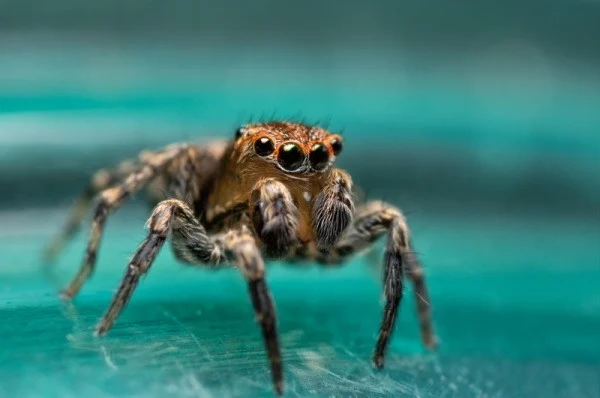How Do I Determine If I Have a Spider Infestation in My Home?

Spiders are common household pests, but not all spider sightings indicate an infestation. Determining whether you have a spider infestation involves looking for specific signs and understanding spider behavior. Here’s how you can identify a potential spider problem in your home and take steps to address it:
Signs of a Spider Infestation
1. Frequent Spider Sightings
If you regularly see spiders in your home, especially during the day, it could be a sign of an infestation. Spiders are typically nocturnal, so seeing them out and about during the day suggests a larger population.
2. Webs and Egg Sacs
Finding spider webs in multiple locations around your home is a clear sign of spider activity. Different spider species create various types of webs, from intricate orb webs to messy cobwebs. Additionally, discovering egg sacs, which are small, white, and silk-covered, indicates that spiders are reproducing in your home.
3. Other Insects
Spiders feed on other insects, so a high presence of other pests can attract spiders to your home. If you have an ongoing issue with flies, ants, or other insects, it may contribute to a spider problem.
4. Dark, Undisturbed Areas
Spiders prefer dark, undisturbed areas where they can build their webs and hunt for prey. Common hiding spots include basements, attics, closets, and under furniture. Regularly finding spiders in these areas suggests an infestation.
5. Spider Droppings
Spider droppings, which look like small, black specks, can be found on surfaces where spiders have been active. These droppings can accumulate in corners, on windowsills, and near webs.
6. Confirming a Spider Infestation
To confirm a spider infestation, conduct a thorough inspection of your home. Check common hiding spots, such as basements, attics, and closets, for webs, egg sacs, and spiders themselves. Use a flashlight to look into dark corners and behind furniture.
Preventing and Addressing Spider Infestations
1. Regular Cleaning
Keep your home clean and free of clutter to reduce hiding spots for spiders. Regularly vacuum and dust, paying special attention to corners, under furniture, and storage areas. Remove webs and egg sacs promptly to prevent spiders from multiplying.
2. Sealing Entry Points
Inspect your home for cracks, gaps, and holes that spiders can use to enter. Seal these entry points with caulk or weatherstripping. Ensure that windows and doors fit tightly and that screens are in good condition.
3. Reducing Insect Populations
Since spiders are attracted to homes with ample food sources, reducing the insect population in your home can help control spider numbers. Use insecticides or traps to manage other pests, and keep food stored in airtight containers.
4. Using Natural Repellents
Natural repellents, such as essential oils (e.g., peppermint, tea tree, or lavender), can deter spiders. Mix a few drops of essential oil with water in a spray bottle and apply it to areas where spiders are commonly found. Vinegar can also be used as a natural spider repellent.
5. Professional Pest Control
If you confirm a spider infestation and DIY methods are not effective, consider hiring a professional pest control service. Professionals have the expertise and tools to handle severe infestations and ensure your home is safe from spiders.
Determining whether you have a spider infestation involves looking for signs such as frequent spider sightings, webs, egg sacs, other insects, and spider droppings. Regular cleaning, sealing entry points, reducing insect populations, and using natural repellents can help prevent and address spider problems. For severe infestations, professional pest control services offer effective and comprehensive solutions. By identifying and addressing spider infestations promptly, you can maintain a safe and comfortable living environment.


.webp)



